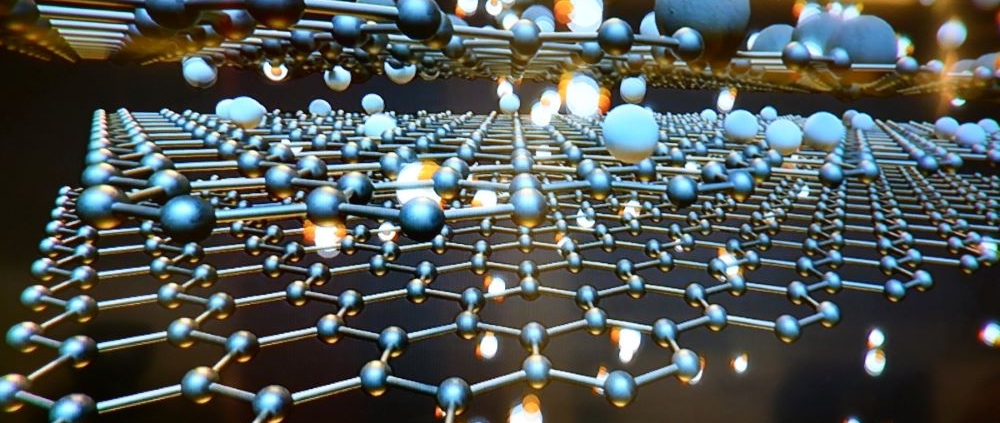In this article, we look at how super-strong Graphene can be used to make projects and products more environmentally friendly.
What is Graphene?
Graphene is a one-atom-thick layer of carbon atoms arranged in a two-dimensional honeycomb-style hexagonal lattice. Not only is it the building-block of Graphite, but it is also the thinnest material known to man and is around 200 times stronger than steel! Graphene can be combined with other elements, including gases and metals to produce different materials with superior properties. Graphene was first isolated in 2004 by Andre Geim, and Konstantin Novoselov who won the Nobel prize in physics for doing so.
What Is It Normally Used For?
This super-material is produced by many different companies in different types and grades, e.g. high quality single-layer graphene or graphene flakes produced from graphite in large volumes. It has found many uses. For example:
- Sports equipment such as graphene-enhanced tennis rackets, and cycle helmets.
- Paints, electronics, phone screen coatings, flexible displays, solar panels and more.
- As an anti-corrosion covering for some car components and sensors.
How Graphene Could Help To Make More Projects Environmentally Friendly
One of the main ways that Graphene could help to make projects more environmentally friendly is wen it is added to other materials to improve their mechanical properties. For example:
- Adding only 0.1 per cent graphene to cement and aggregate could mean using less materials for the same performance. In addition to providing similar strengthening qualities to the concrete as adding carbon fibre, this could reduce the amount of concrete used in construction by 30 per cent, thereby potentially lowering global CO2 emissions by 2-3 per cent. Another benefit of this use of Graphene, due to its strength, could be to remove the requirement for reinforcing steel bars within the concrete in some applications.
- Improving the durability of paints and coatings; keeping rust at bay.
- Being used as a coating for car parts to improve their strength and durability, reducing noise and vibration, and improving heat resistance. The addition of graphene has also made the parts (and the cars) lighter, which translates into less fuel being used and lower CO2 emissions over their lifetime.
What Does This Mean For Your Organisation?
Even though Graphene was isolated 18 years ago, it is still early days in terms of finding its true potential and the breadth of its potential uses. One limiting factor may be the still high cost of producing Graphene. However, we live in a time where green and sustainable solutions must be found to halt global warming so Graphene’s ability to be mixed with other materials to make them stronger, more durable, lighter, and more resistant against heat looks like being its unique advantage in terms of making projects more environmentally friendly.
If you would like to discuss your technology requirements please:
- Email: hello@gmal.co.uk
- Visit our contact us page
- Or call 020 8778 7759
Back to Tech News



